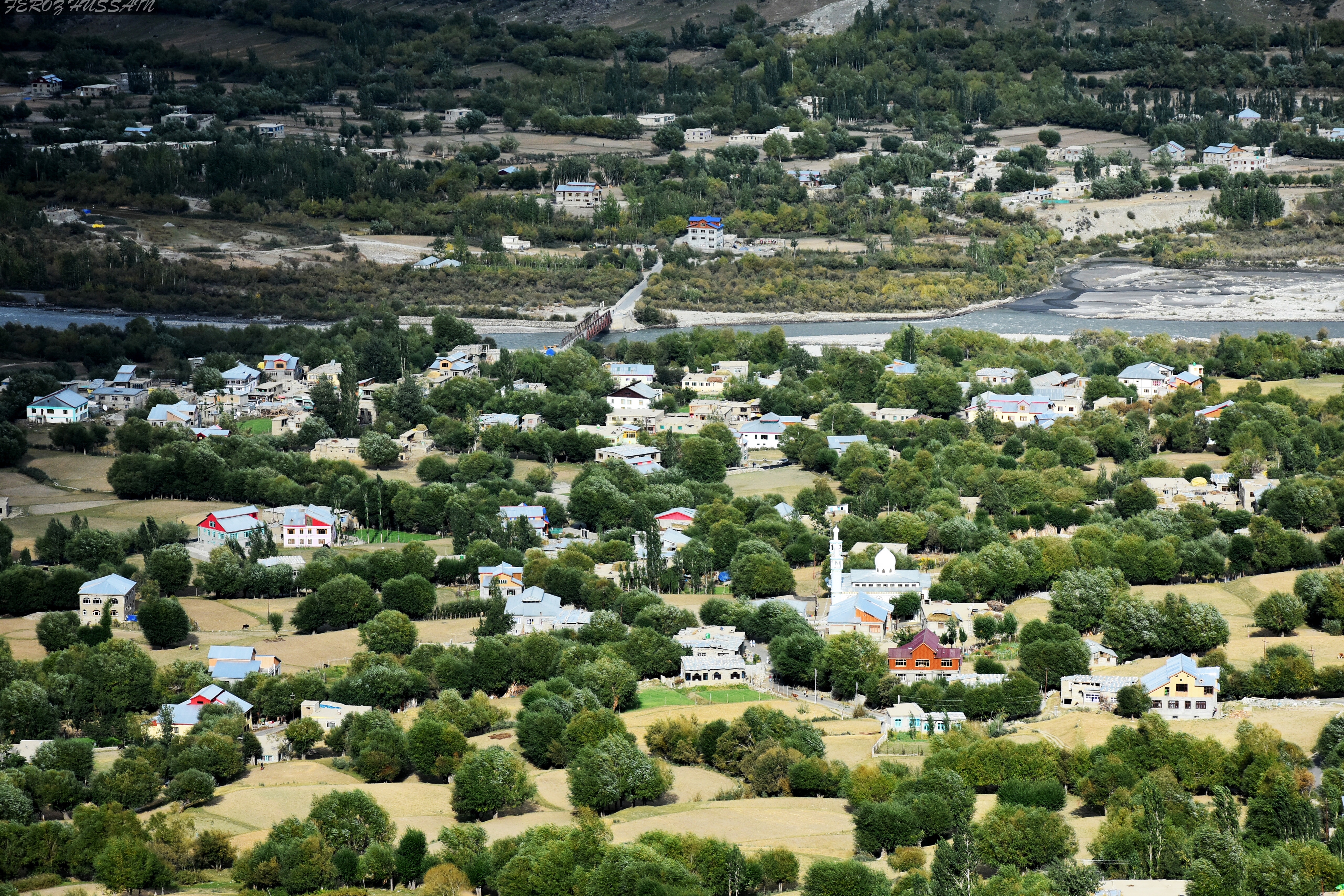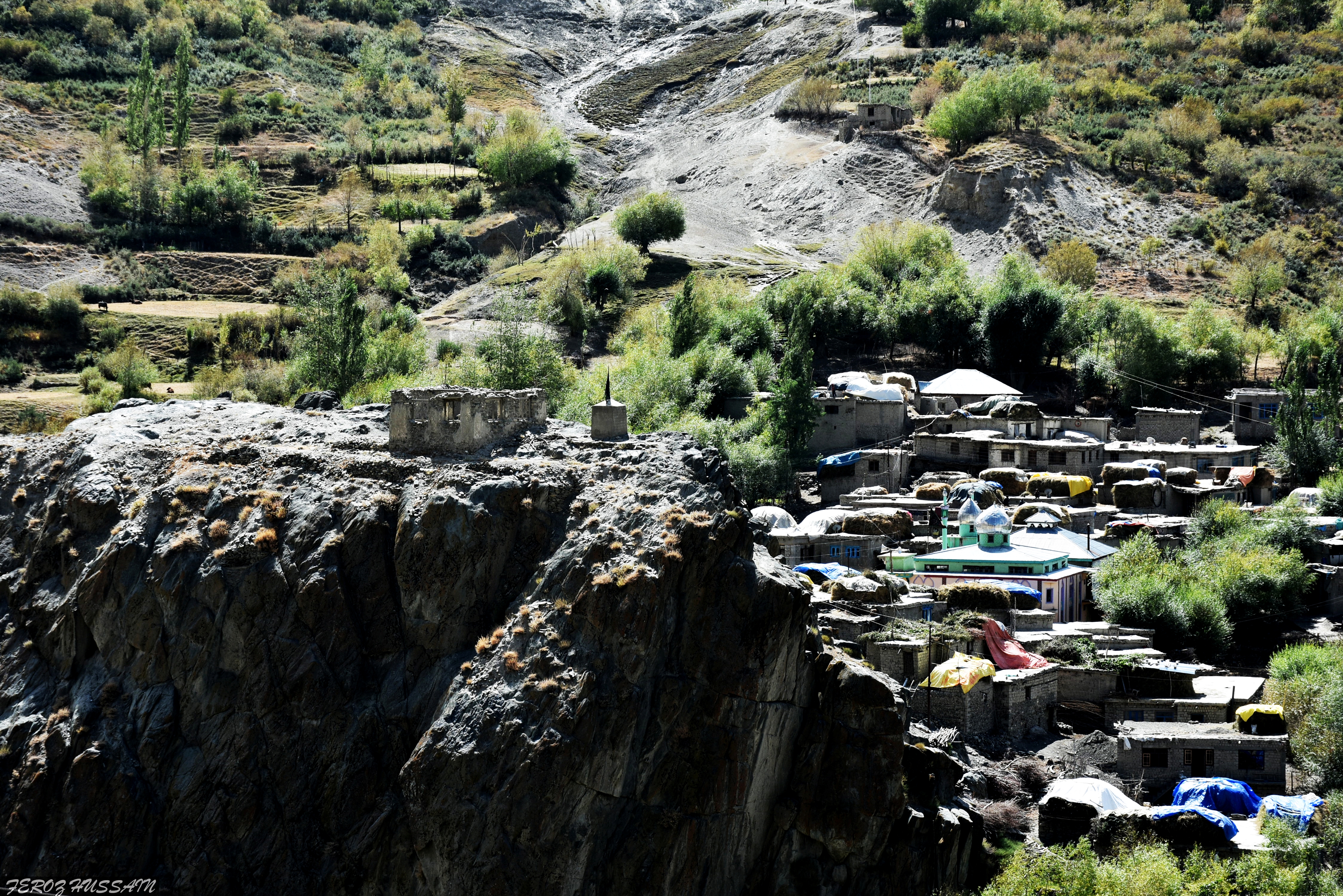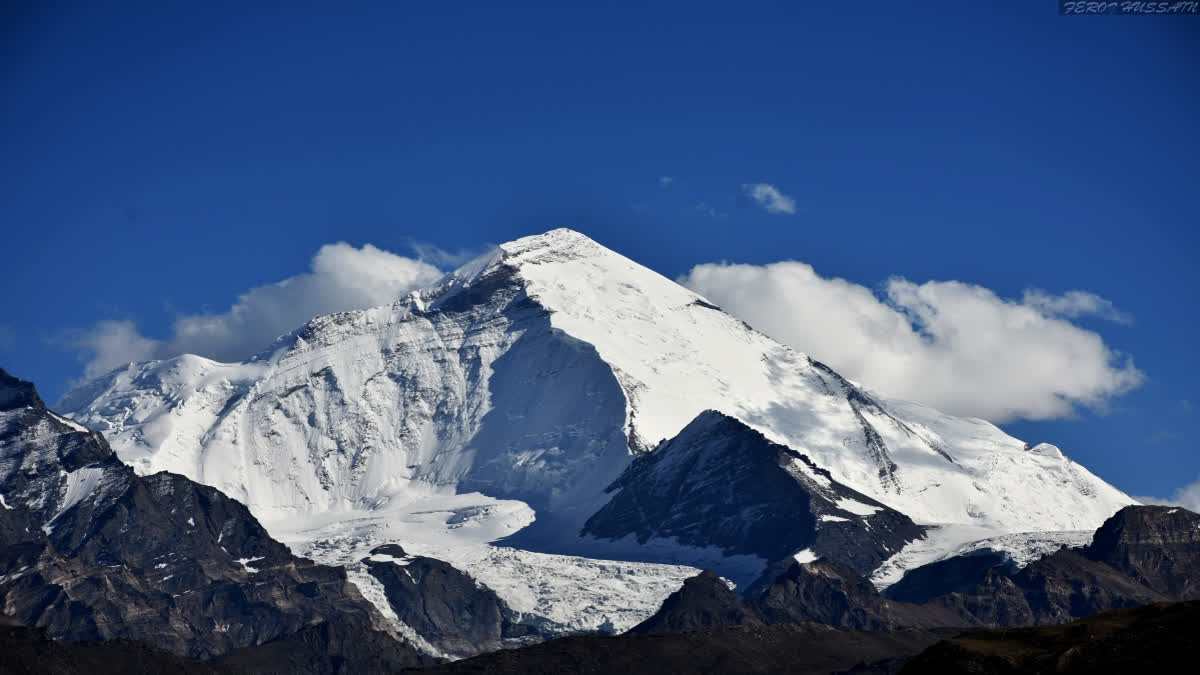Leh: Suru Valley in Ladakh’s Kargil district has earned a coveted spot on National Geographic’s 'World’s 25 Best Places To Travel' list, catapulting this stunning region onto the global travel radar. Known for its dramatic landscapes, cultural heritage, and a blend of Buddhist and Islamic influences, Suru Valley is a hidden gem with vast potential.
This recognition is a significant boost for the region, sparking excitement among local tourism officials, community leaders, and residents who see it as a golden opportunity to transform Suru Valley into a premier destination for adventure seekers, history enthusiasts, and nature lovers.
What Makes Suru Valley Unique?
Nestled in the Kargil district, Suru Valley is a scenic marvel. This rugged yet lush valley stretches along the Suru River, framed by majestic peaks, and is steeped in history and culture. It is home to the tomb of Syed Mir Hashim, an influential early preacher who spread Islam in the region, and to the ancient statue of Maitreya Buddha at Kartse, showcasing a rare blend of Kashmiri craftsmanship.

Local stakeholders have long believed that Suru Valley, with its trekking routes, festivals, and adventure activities like paragliding, has been an underrated jewel, often overlooked by tourists heading to Leh or Pangong. With this new global recognition, the valley stands poised to welcome visitors from across the world.
Local Enthusiasm and Concerns Over Tourism Surge
The recognition has stirred hope and enthusiasm in Kargil. Muzammil Hussain, co-founder and CEO of Roots Ladakh, said, “This is great news as we have been promoting Suru and Kargil as tourist destinations for years. Suru was a well-known adventure hotspot in the 70s and 80s, but the turmoil in Kashmir in the 90s affected tourism here massively. Now, it’s finally back on the map.”
Hussain highlighted the valley’s appeal, particularly for adventure tourism, which has seen a revival through the annual Suru Fest, which has been celebrating rock climbing, hiking, and local culture since 2016.

However, Hussain expressed a note of caution: “There’s still a lot that needs to be done in terms of infrastructure and regulation. Unfortunately, rampant mining is damaging some of the key climbing and bouldering spots in Suru, which could deter the very tourists we aim to attract. Nobody will visit just to look at broken rocks.” He praised local stakeholders like Tenzin Jamyang, a founding member of Suru Fest, and urged the government to engage these local organisers in future tourism development projects.
Brings Kargil To The Forefront
Nasir Hussain Munshi, a hotelier in Kargil, praised the valley's appeal as a cultural and natural destination. “Suru Valley has immense potential, with breathtaking landscapes, rich heritage sites like the Kartse Buddha, and diverse communities. Unfortunately, Kargil has often been seen as just a night halt en route to Zanskar. This recognition from National Geographic could finally make Kargil a multi-day destination,” he said.
Munshi noted that expanding Suru Valley’s tourism offerings, including activities like rafting, paragliding, and trekking, could attract an international audience. He also suggested themed years to focus tourism on specific regions within Ladakh. “The tourism sector should benefit not only hoteliers and transport providers but also locals, boosting employment in the area,” he said. Munshi also pointed out the valley’s potential for film tourism, having already hosted several film productions.
Preserving Historical Significance
Historian Dr. Stanzin Mingyur shed light on Suru Valley’s deep cultural and historical roots, particularly the Kartse Buddha statue dating back to the 8th or 9th century. “This statue is believed to feature Kashmiri craftsmanship, with inscriptions in Bhoti that remain partially undeciphered,” he said, adding that the statue’s design bears influences from the iconic Bamiyan Buddhas while retaining a distinct Kashmiri touch. Mingyur added that the valley’s historical statues, like those in Purig, are unlike others across India and reflect a lesser-known cultural exchange between Kashmir and Ladakh.
Over the past decade, conservation efforts have improved the condition of these statues, aided by the construction of access roads. “These preservation measures are crucial for maintaining Ladakh’s cultural heritage and ensuring that future generations can appreciate these historical sites,” Mingyur added.
Community Voices And Future Aspirations
Local leaders and residents have also been vocal about their excitement and hopes for Suru Valley. Ghulam Mohammad, owner of Zimskhang Resort in Karpokhar, highlighted the economic benefits of tourism, noting, “Our resort in Karpokhar was established with help from our local Councillor and has provided employment opportunities, helping to reduce unemployment in our area.” He encouraged the administration to establish more tourist huts in the valley to support community-based tourism and create job opportunities for locals.
Syed Abbas Rizvi, Former Executive Councillor of LAHDC Kargil echoed his sentiments, reflecting on Suru Valley’s potential to support the local economy. He has proposed that events such as the wild tulip festival, Kapi Mindog, held in early June, and the blooming flower month, Mindok Yaspa, in July, be included in the annual tourism calendar to attract more visitors. “Our youth need jobs, and we want to bring them into tourism and sports. In winter, Suru Valley could be a hub for ice skating and hockey, while the summer brings trekkers and picnickers,” said Razvi.
With its new status among the world’s best destinations, Suru Valley is set to benefit from a renewed focus on tourism. However, with this recognition comes the responsibility to ensure sustainable development, balancing the valley’s natural beauty, historical treasures, and the livelihoods of its people.



